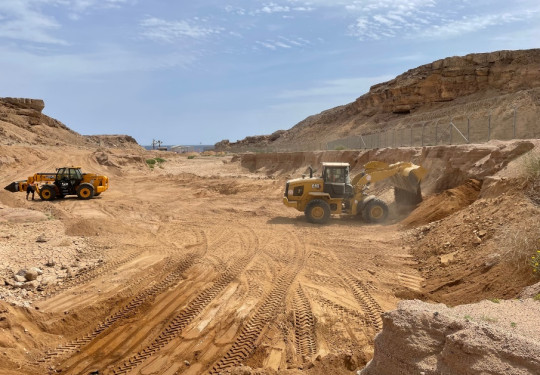NZ Army engineers tackle South Camp Sinai projects
A New Zealand Army engineer team has been working in South Camp in the Sinai, helping control erosion and working on a major stormwater protection project after heavy rainfalls damaged the camp.
22 August, 2022
The five-person team arrived in South Camp in February and began the reconstruction by improving the camp’s drainage system and developing a water catchment area where most of the camp’s rainwater will lead to. The engineers spent their first seven weeks moving bulk earth material, battering and compacting bunds to shape this area.
The job tested all members of the team using multiple machines including: loader, grader, roller, excavator, telehandler, dump truck, and backhoe loader. The task required a broad range of operating skills and the team managed to move 19,000 cubic metres over seven weeks.
Some team members achieved 24–30 hours per week on machines - high temperatures in Sinai played a part in how they structured their day
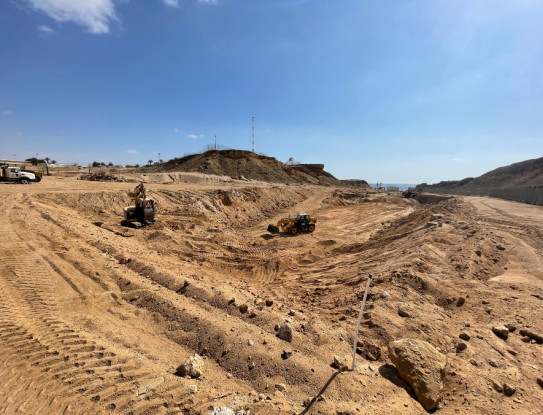
The five-person engineer team has been working in South Camp in the Sinai since February
Next the team trenched 700m with an excavator and laid open reinforced concrete culverts from the catchment to the rest of camp. The team mortared 1m culverts together and back-filled these. Over this time, the team managed to move 70 tonne of concrete culverts.
The life of a plant operator on this deployment has been a busy one, with the team’s work consisting mainly of bulk earthmoving, and minor earthworks with some technicality.
Some team members achieved 24–30 hours per week on machines, but the high temperatures in Sinai played a part in how they structured their day with the majority of the work carried out in the morning before temperatures rose later in the day.
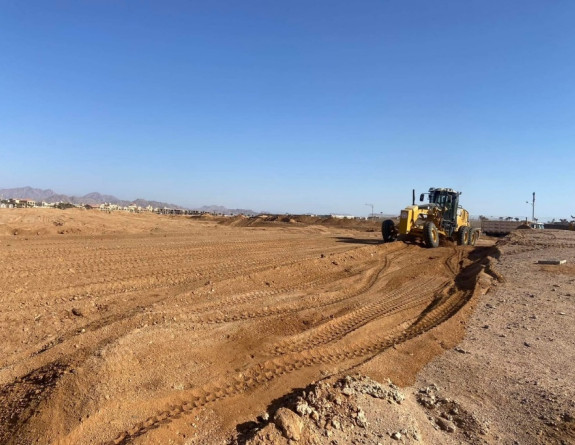
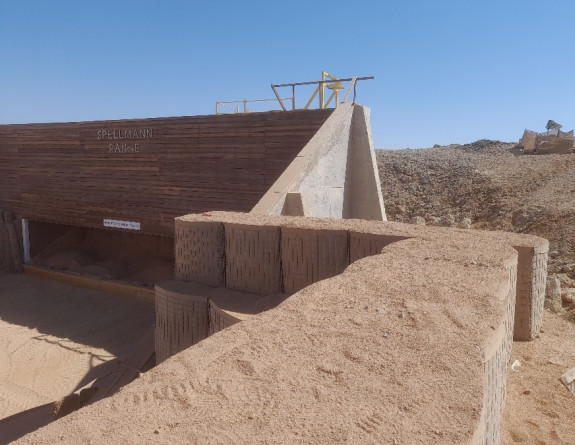
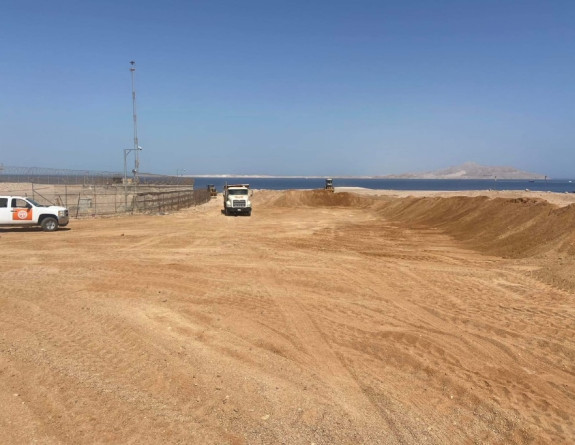
Over the course of their deployment, they worked with engineers from Uruguay who supplemented numbers working on the project where possible.
The team also spent two weeks out of camp at one of the remote sites, completing minor earthworks by conducting a cut and fill of a large area for further works to begin.
The final task for the team before they returned to New Zealand was to upgrade the camp’s ammunition supply point, which involved moving earth bunds and replacing the bunds with HESCO barriers. The bunds had also been affected by the rain washing sediment into the ammunition storage units.
